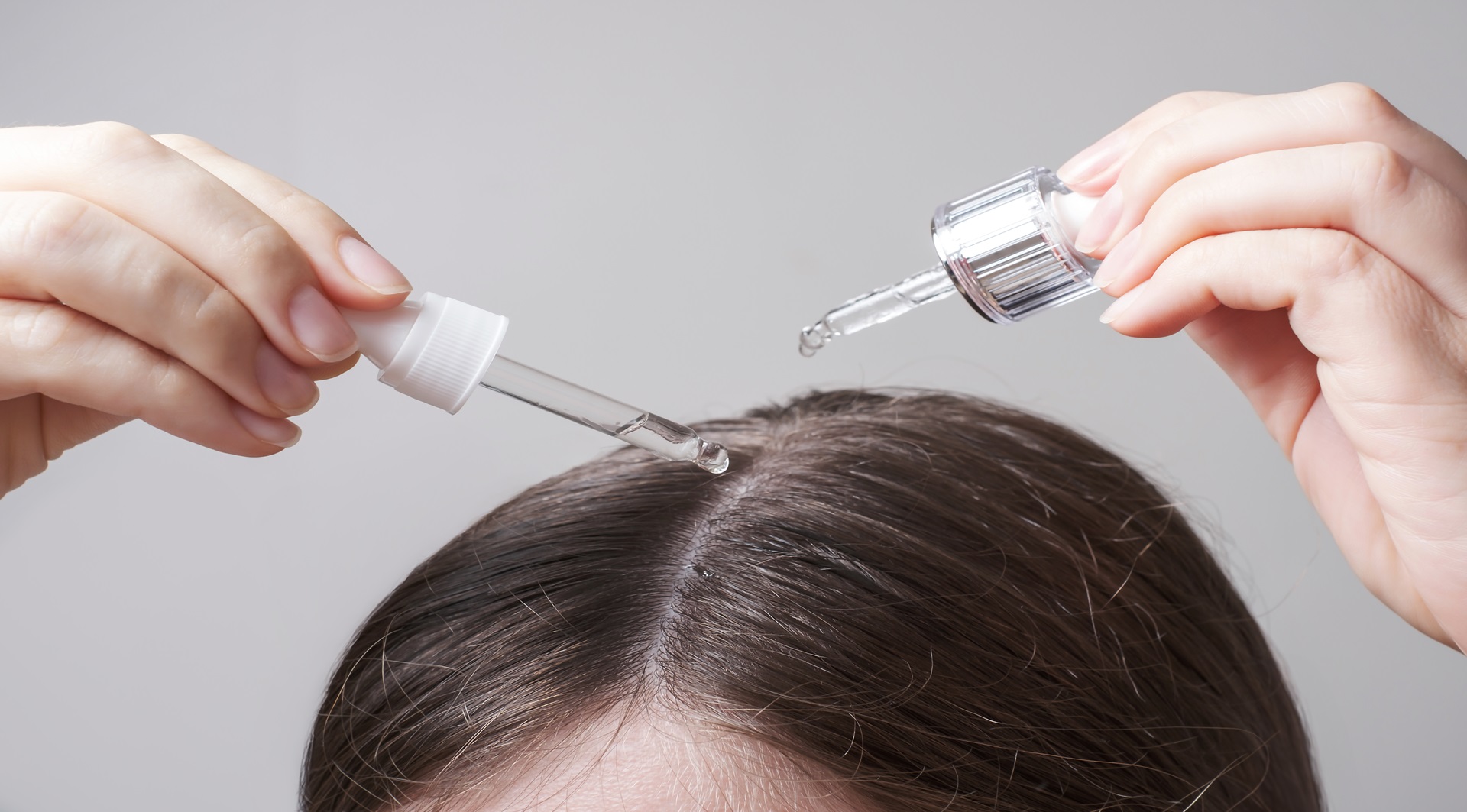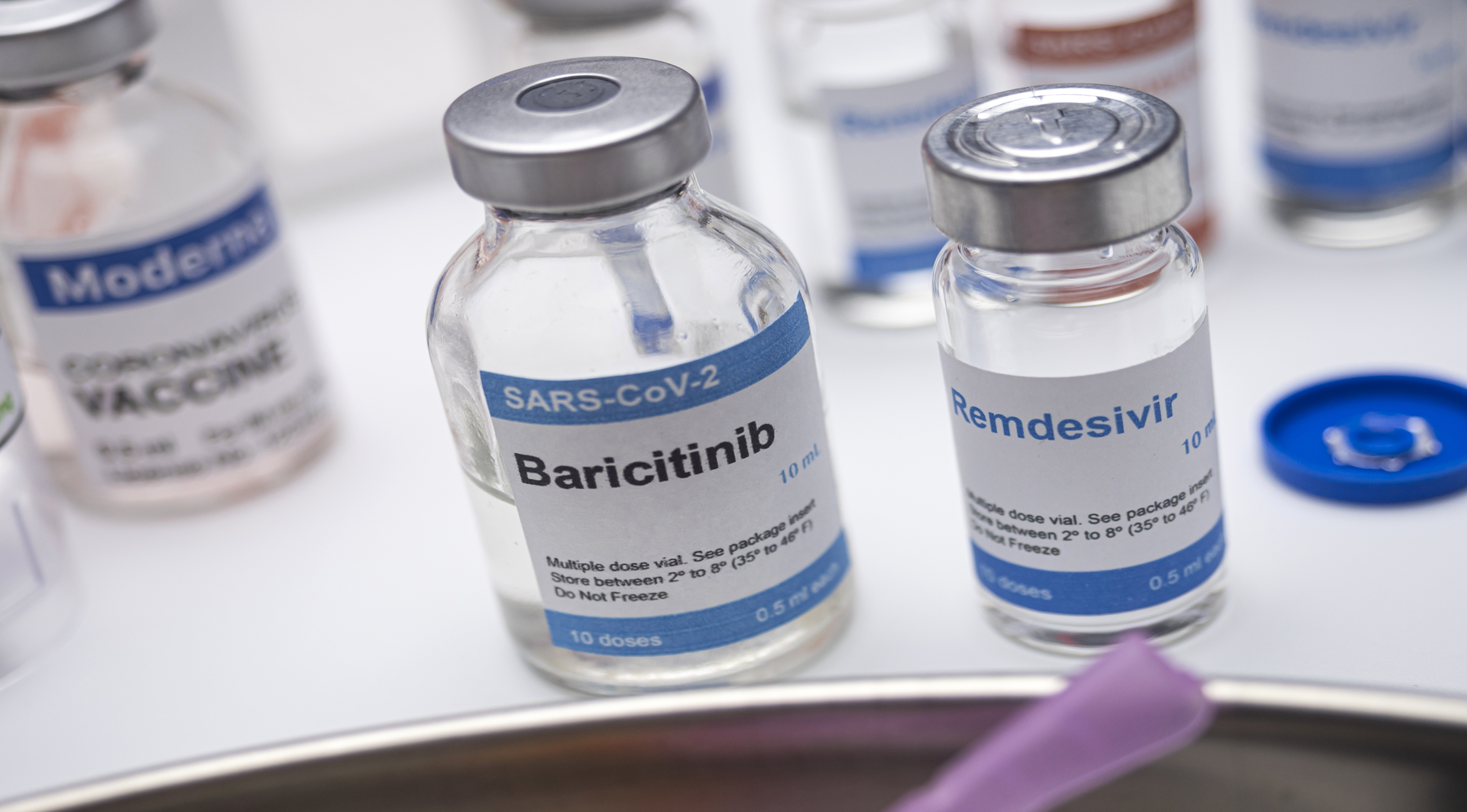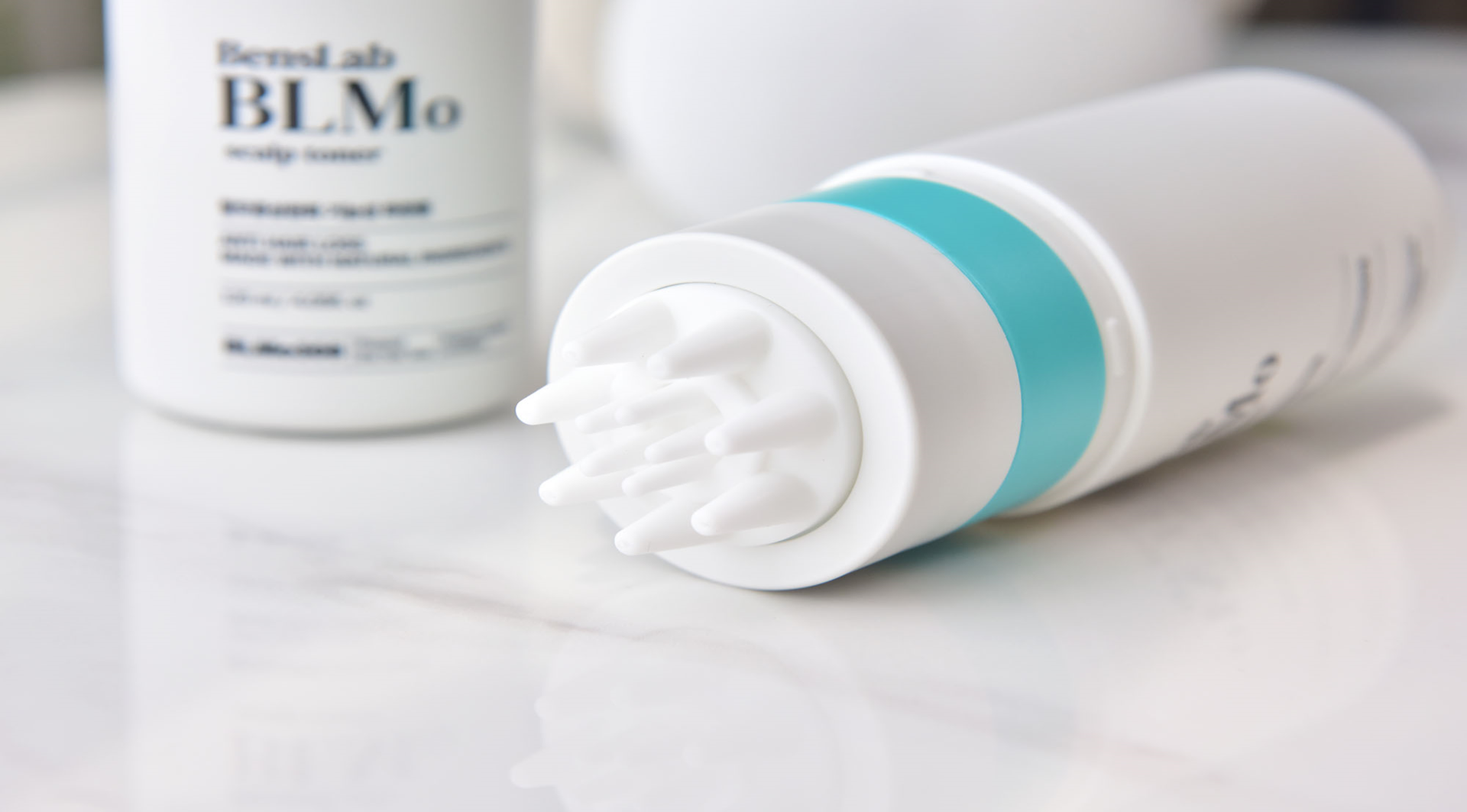Can women also go bald? What are the differences between female pattern hair loss and male pattern hair loss, and what are the treatment options?
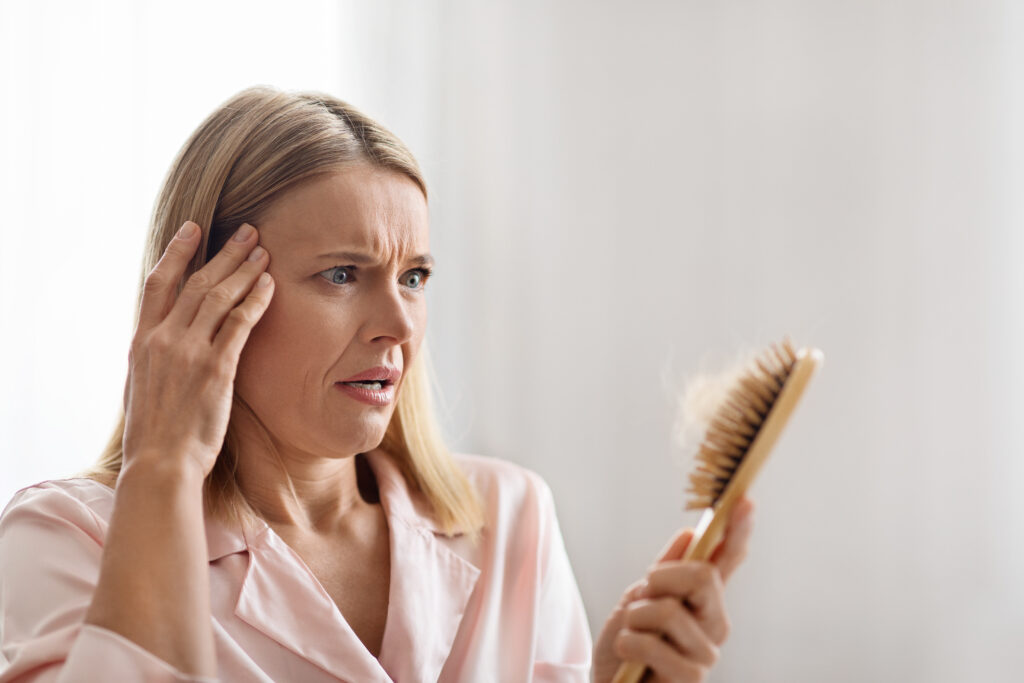
A recent major concern is the rapid increase in female pattern hair loss among young women, with many cases of severe hair loss to the point of being called “female baldness.” Most cases of female pattern hair loss can be categorized as telogen effluvium. Hair loss starts from the central scalp and gradually expands, resulting in a widening parting line and overall thinning. This differs significantly from male pattern hair loss, which typically starts at the crown and progresses towards the front of the scalp in an M-shape, causing a receding hairline.
Female pattern hair loss typically begins with diffuse thinning over the top of the scalp, accompanied by a general decrease in hair thickness and strength. This leads to increased hair loss during hair washing and even daily activities. The progression rate varies among individuals, with some experiencing rapid hair loss over a few months and others experiencing gradual thinning over several years.
The most recommended treatment currently is topical application of minoxidil solution twice daily, morning and evening. However, consistent and diligent application is crucial, and symptom improvement may take several months. It’s important to avoid getting discouraged and maintain patience.
Can postpartum hair loss occur in new mothers?

Postpartum hair loss, a common condition that affects many new mothers, typically begins 3-4 months after childbirth and gradually recovers over 6-12 months. This type of hair loss differs from androgenetic alopecia and alopecia areata and closely resembles telogen effluvium. While most cases resolve naturally, some may transition into chronic telogen effluvium, requiring professional consultation and active treatment.
Why do women also experience androgenic alopecia and hair loss? Why shouldn't women of childbearing age take oral medications like Propecia to treat androgenic alopecia?
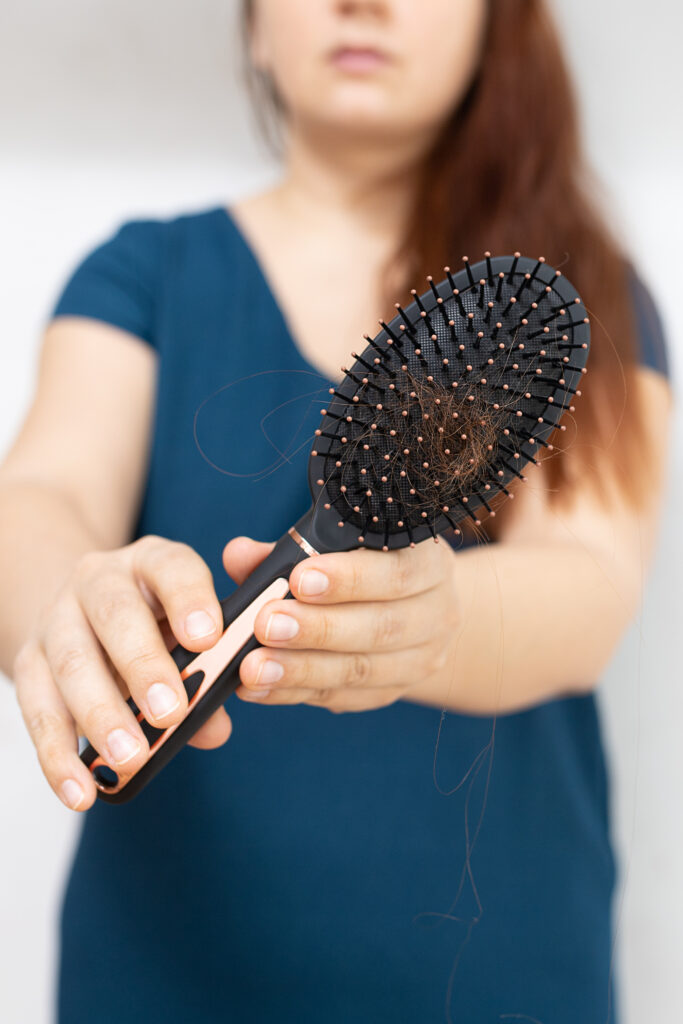
It is commonly believed that men produce and secrete the male hormone androgen, while women only produce and secrete female hormones. However, in reality, while men produce the majority (>95%) of their testosterone (the main androgen) in the testes, they also produce some in other places like the adrenal glands. In contrast, much smaller amounts of testosterone are produced in women’s ovaries (thecal cells) and adrenal glands, and a tiny amount is produced in the placenta during pregnancy. Men have testosterone levels in their blood about 7-8 times higher than women, and their testosterone metabolism is also much more active, so they actually produce about 20 times more testosterone per day than women.
However, as men age, their testosterone production and secretion gradually decrease. This allows the female hormones, which are always present in the male body but at a lower level, to have a relatively stronger influence. As a result, men’s voices become higher, their chests sag, and they do not gain muscle mass as easily as they used to, even with exercise. This is because they are becoming more and more androgynous.
Women are also very sensitive to this androgenic hormone, testosterone. While female pattern hair loss and telogen effluvium are also quite common, about 40% of women with female pattern hair loss actually have androgenic alopecia. Therefore, relatively young women who are not pregnant and are experiencing androgenic alopecia may be able to treat it with oral medications like finasteride.
However, women of childbearing age should never take these medications. If a woman is pregnant, the male genitalia begin to develop in earnest between 10 and 12 weeks of gestation. If there is not enough DHT (a metabolite of testosterone) produced by 5-alpha reductase at this time, the external genitalia may develop abnormally as female genitalia instead of a penis and testicles. DHT is essential for the development of the male external genitalia, and if a pregnant woman is taking finasteride, there is a very high chance that she will have a son with a birth defect of the male genitalia. For normal development of the external genitalia of a male fetus in the womb, testosterone, DHT, and müllerian inhibitory factor are all essential. In short, women of childbearing age should never take finasteride or dutasteride, and even small amounts should not enter the body of a pregnant woman.





